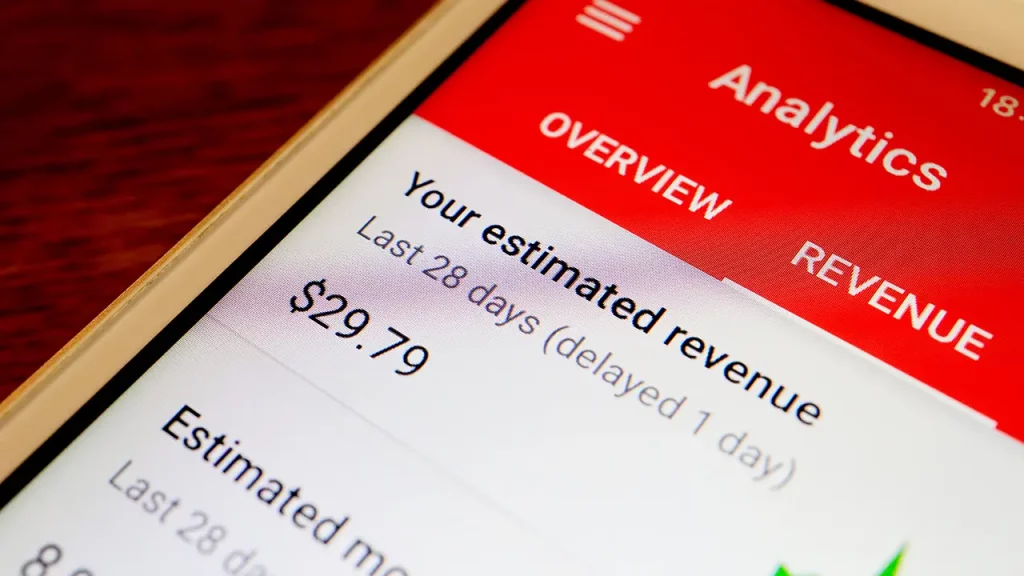Imagine you have a sizable YouTube subscriber base and a ton of content. There, it seems like you’ve reached your limit. You are unable to develop and grow. However, here’s a suggestion for you: build your own OTT platform. OTT platforms provide a variety of monetization options. Let’s go into the specifics of how you may use a video streaming service to monetize your videos.
Many firms’ main goal is to monetize OTT platforms. Because of this, development firms put a lot of effort into adding more and more features in order to reach the monetization objective. Below you`ll see the 3 mainstream ideas that OTT development can offer:
Subscription-Based Monetization Model
Due to major video services like Netflix, HBO Max, Disney+, Hulu, and other regional services like TVALB, Fibranet, SAT TV, and USNILE, it is the most widely used method of monetizing video content nowadays. They offer subscribers both monthly and annual plans. People who buy it get unrestricted access to the premium material.
Platforms for monetization that made money through subscriptions were well-liked for a while. However, many people have recently seen viewer subscription weariness. People are less likely to become service subscribers. Instead, people search for free services supported by advertisements.
Still, selling films through subscriptions is a tried-and-true strategy. Viewers like the flexibility of being able to pause their membership at any moment and view any number of videos consecutively.
Advertisement-Based Monetization Model
People are becoming bored with subscriptions, as we already discussed, which is why advertising-based monetization methods are becoming more and more popular. They stop all of them and switch to video streaming services with advertising.
Platforms that rely on advertising typically provide free content. So, watching videos doesn’t cost anything for viewers. Instead, the site displays advertisements to consumers throughout a video. These ads are the property of outside businesses. They pay a supplier of video streaming services to have them available on their system. But some providers provide a variety of plans. One bundle costs less but includes advertisements, whereas the other costs more but does not.
Transactional-Based Monetization Model
Growing in popularity is a revenue-generating mechanism based on transactions. Businesses are increasingly finding it simpler to just charge for the material that customers want to access now or at a later time.
On some pay-per-view platforms, users have the option to download a video to their devices. Additionally, some services only allow consumers to temporarily rent videos. However, it is possible for a video to remain in a user’s profile. It only expires if someone breaks the rules of the service.
Keep in mind that the devices that the platform is compatible with may also have an impact on your revenue. Therefore, OTT platform developers can provide OTT apps in order to support as many devices as feasible. Your viewers will be able to access material with their assistance from any device, including laptops, Smart TVs, tablets, smartphones, and computers. A content distribution network also allows you to reach additional areas and increase income (CDN). Don’t forget to give the videos subtitles or vocal tracks in other languages.
OTT platforms give companies a variety of options for managing the video monetization process, including the chance to expand their operations to other markets. It is the reason why companies nowadays launch their platforms. The flexibility and ease of the OTT services are also valued by viewers. Usually less expensive than cable or satellite television.
Source by technosoups.com
